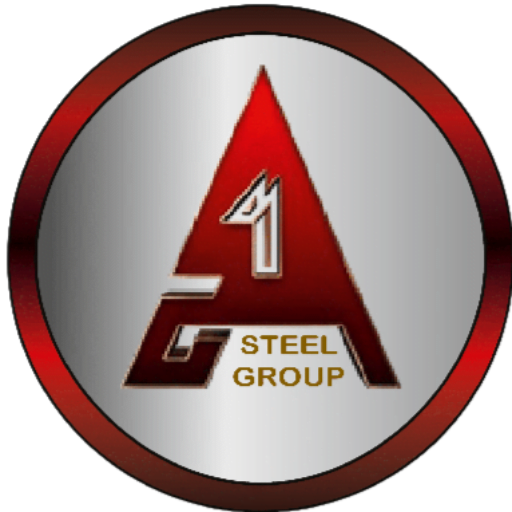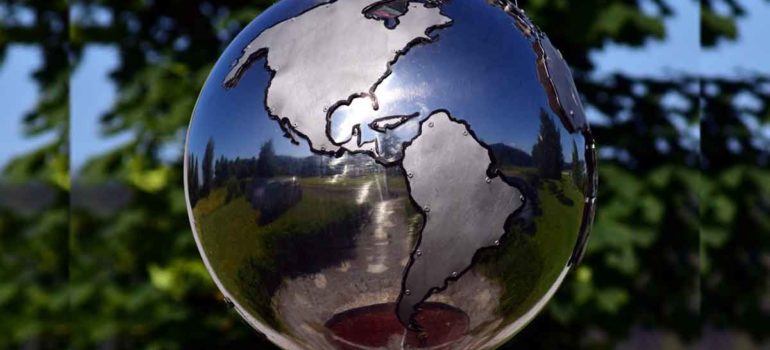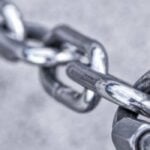Factories and pollution go hand in hand. As steel industries sprang across the world, pollution levels began to rise. With such rich steel history, proper preventive measures should have been in check. It is imperative to devise new methods to manufacture steel and keep pollution in check.
Steel History
Stainless steel, manufactured at mini-mills, melted scrap steel to make metal goods. Mini-mills had electric arc furnaces, made by William Siemens was a big revolution. Electric arc furnaces used carbon electrodes to melt scrap steel via electric charges. Recycling old steel in mini-mills was the first step toward sustainable smelting, but there was still a long way to achieve. Steelmaking produces a lot of greenhouse gases. However, electric furnaces are not the final solution, as there is limited scrap steel that can be recycled.
Metallurgists around the world are brainstorming ways to invent eco-friendly steel manufacturing processes. Researchers at MIT are experimenting with new electricity-based technologies to smelt metals. These technologies can hugely reduce greenhouse gas pollution if they work with iron and steel. Experimentation with techniques to reduce vehicular emissions is underway as well. Voestalpine, an Austrian manufacturer, began constructing a mill that uses hydrogen instead of coal to reduce emissions. Further East, the Chinese government put a cap on the total steel output for 2017.
In short
The journey to make the perfect steel has been an ongoing one. Starting from the Indian crucibles and the German blast furnaces to the American steel plants, it has been underway. Each breakthrough and invention has moved towards better-than-previous steel, yet the iterations never stop. The burning question still burns in the 21st century: how to improve the process of making steel?



